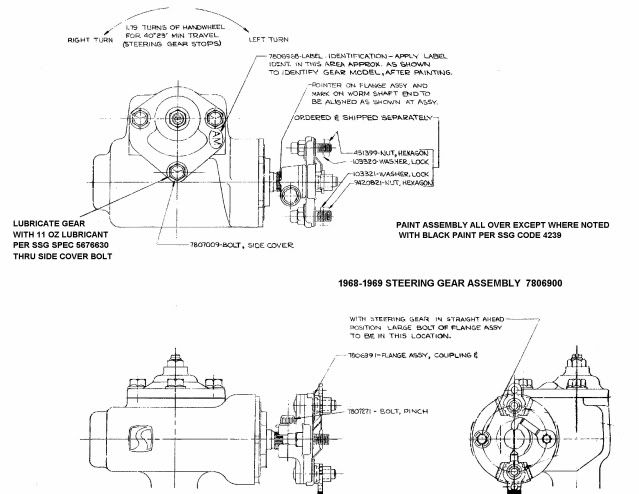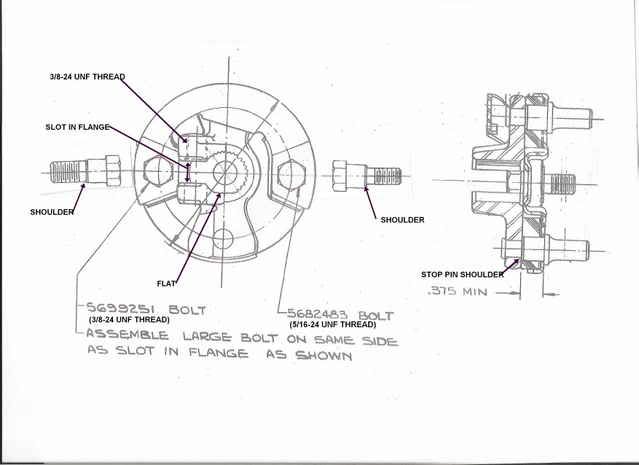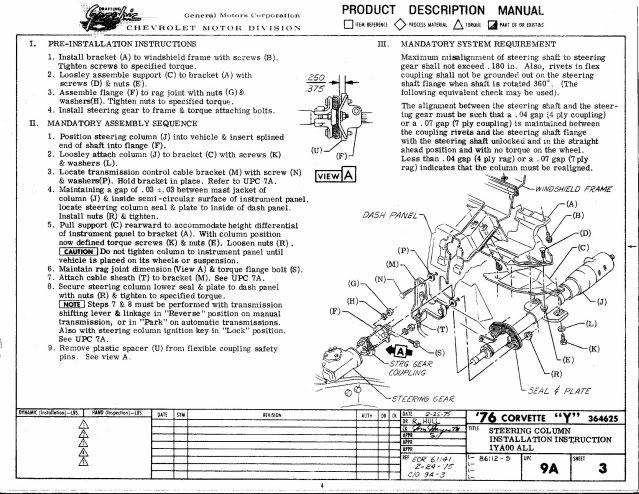I often wondered how the steering coupler actually operates when in normal use. Since it looks like 2 sides that are held together with 2 bolts at 9 and 3 o'clock and pins located at 12 and 6 o'clock of the joint with a fabric disc between the 2 part coupler assembly.
The question for the day is when the car is stationery or being driven and your turn the wheel right or left, does the firewall side (metal flange where "pins" are at 12 and 6 o'clock) actually turn and press against the pins (that are on the steering box side of the coupler) to begin moving the steering box side of the joint to steer the car?
I keep looking at mine and wonder if this is the way it works as it's design doesn't seem to be a "solid" coupling device. The design looks as if the "Pins" when the steering wheel is positioned (going straight) do not contact the coupler until the steering wheel is either moved left or right to steer the car? So there is a small bit of "play" until the coupler pushes the Pin either right or left.
Is this correct? This gizmo fascinates me..
The question for the day is when the car is stationery or being driven and your turn the wheel right or left, does the firewall side (metal flange where "pins" are at 12 and 6 o'clock) actually turn and press against the pins (that are on the steering box side of the coupler) to begin moving the steering box side of the joint to steer the car?
I keep looking at mine and wonder if this is the way it works as it's design doesn't seem to be a "solid" coupling device. The design looks as if the "Pins" when the steering wheel is positioned (going straight) do not contact the coupler until the steering wheel is either moved left or right to steer the car? So there is a small bit of "play" until the coupler pushes the Pin either right or left.
Is this correct? This gizmo fascinates me..



Comment